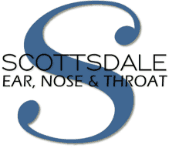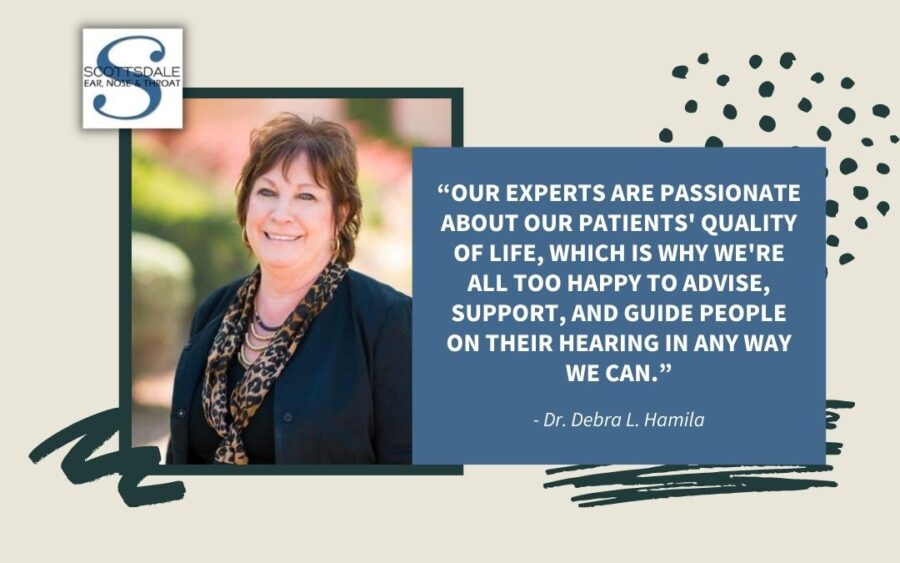As an audiologist, I know that untreated hearing loss can have negative impacts on our health, quality of life, and cause increased healthcare costs. Treating that hearing loss with hearing aids is undoubtedly an investment, but it is an investment that leads to a healthier, happier life. Eight out of ten individuals say that their quality of life is vastly improved simply by wearing their hearing aids daily; imagine a life-changing device that fits in the palm of your hand.
The Cost of Hearing Aids
With a price tag ranging from $1,000 to $6,000 per ear, hearing aids can be a significant initial investment on top of some residual cost to maintain. Often, maintenance and support are bundled into the final price of the devices.
The top of the line models feature superior noise reduction technology, wireless capabilities, and mobile app control while the more basic models typically do not offer the same benefits, but will amplify sounds for patients with mild to moderate hearing loss.
Hearing aid technology has advanced massively in the last few years so that the top of the line features two years ago now come in even the most basic models. As research and development progress, hearing aids are smaller, easier to operate and offer more dynamic functions. You may remember friends and family members that were annoyed continuously with their hearing aids’ lack of comfort and feedback issues, but those problems are now a thing of the past with proper care and usage.
Hearing Aid Features
With billions of dollars invested in research and development of hearing aid technology, understanding the varying degrees of hearing loss, its impact, and treatment has far surpassed what it once was. We can now offer treatment options that not only meet the patient’s exact needs but far exceed them with features that can make life much easier.
It is because of innovative features like the ones listed below that the price for hearing aids has increased. Because of this, benefits like decreased size, Bluetooth connectivity, and advanced noise reduction technology make wearing your hearing aids more comfortable, user-friendly, and give clear and concise amplification.
The Size of Hearing Aids
The bulky designs that used to be uncomfortable and sometimes painful are a thing of the past. New hearing aids are virtually invisible and so comfortable that some patients forget they are wearing them. Most devices now fit fully inside your ear, with a thin transparent tube that connects to the part worn behind the ear.
Mobile and Wireless Technology
With features like Bluetooth connectivity and companion apps, hearing aids now come in “smart” models. Some devices can connect directly to your phone or television, feeding conversations, and entertainment directly to your hearing aid. Models with a companion app give you complete control over your hearing aid without having to take it off.
Advanced Noise Reduction
Those annoying hearing aids that friends and family complained about years ago amplified all sounds, unable to distinguish between background noises and the sounds that we want to hear. New technology makes your hearing aids able to reduce that background noise, making conversations in noisy rooms effortless.
While these features have caused the price of hearing aids to increase, the features make wearing your new hearing aids more comfortable and efficient. Hearing aids now work with your ears and your lifestyle.
How Hearing Aids Can Improve Your Quality of Life
Besides all of the new technology and comfort of hearing aids made today, they also offer significant physical and mental health benefits. The advantages of wearing your hearing aid daily include:
- Improved relationships
- Increased self-esteem
- Improved mental health
- Improved physical wellbeing
- Increased concentration
- Increased feelings of independence and security
- Decreased feelings of exhaustion and tiredness
- Increased social participation
- Improves the ability to do your job
Not only can wearing your hearing aid daily improve your quality of life, but it can also save money on healthcare costs long-term. A recent report surveyed data from over 150,000 people over ten years who suffer from hearing loss and found that those who let their hearing loss go untreated were at greater risk of dementia, depression, and injury from falls. Those same individuals were subject to 46% higher total healthcare costs than those who treated their hearing loss.
The report found that patients with untreated hearing loss spent an average of $22,434 more on healthcare, with 50% more hospital stays than patients who chose to get treatment. Those savings not only cover the cost of hearing aids, but leaves some extra spending money in your pocket and more time spent doing things you love.
If you believe you may have hearing loss, the first step is to have a hearing exam. They are quick and painless and should be a part of your annual wellness routine. Treating your hearing loss with hearing aids or other audiologist-recommended options is a life-changing experience. You can expect to not only hear better but lead a healthier and happier life.
I am dedicated to working closely with every patient to help diagnose and treat their hearing loss. Together, with a team of specialists, we will work with you to find the perfect fit, style, and budget to fit your lifestyle. Contact us today to schedule your quick and painless hearing test and start your journey to improving your quality of life.



